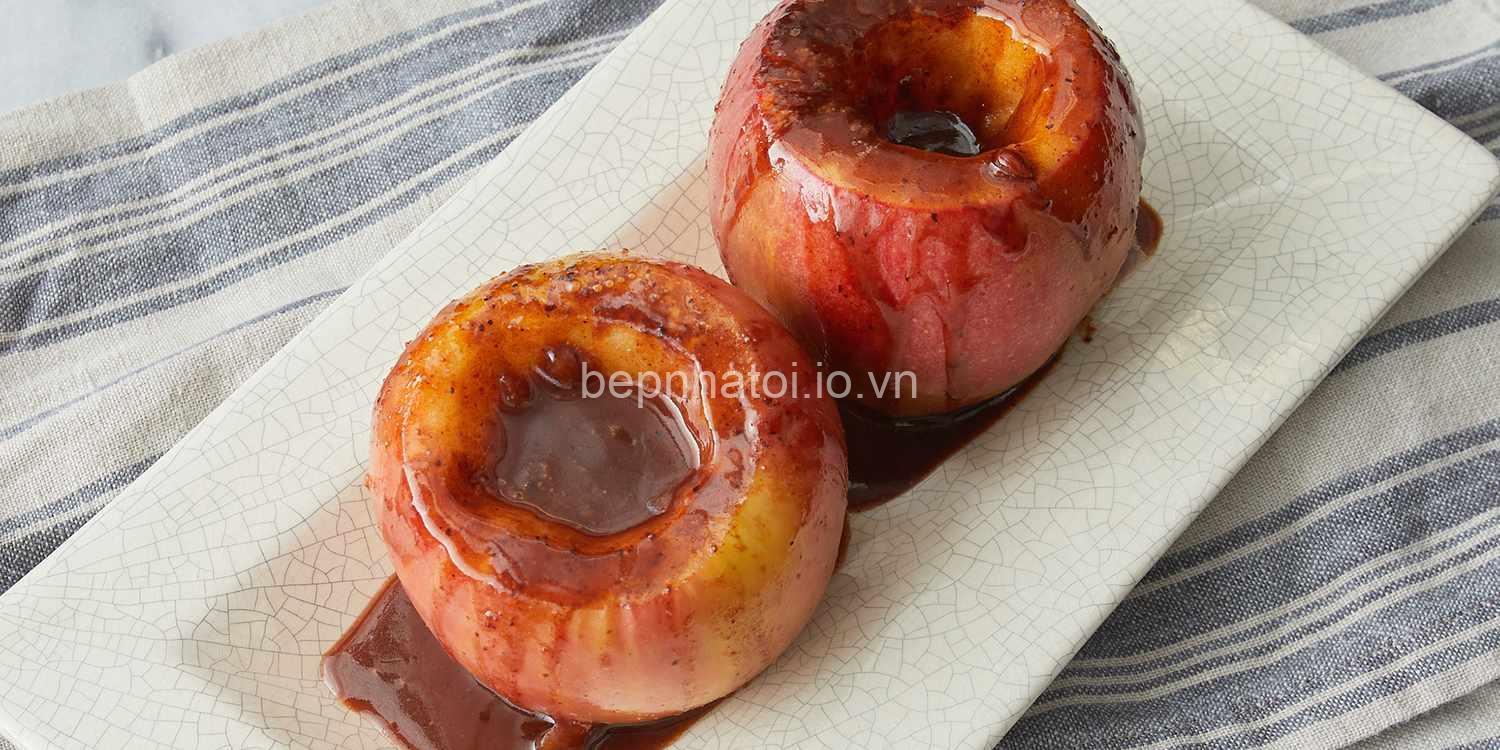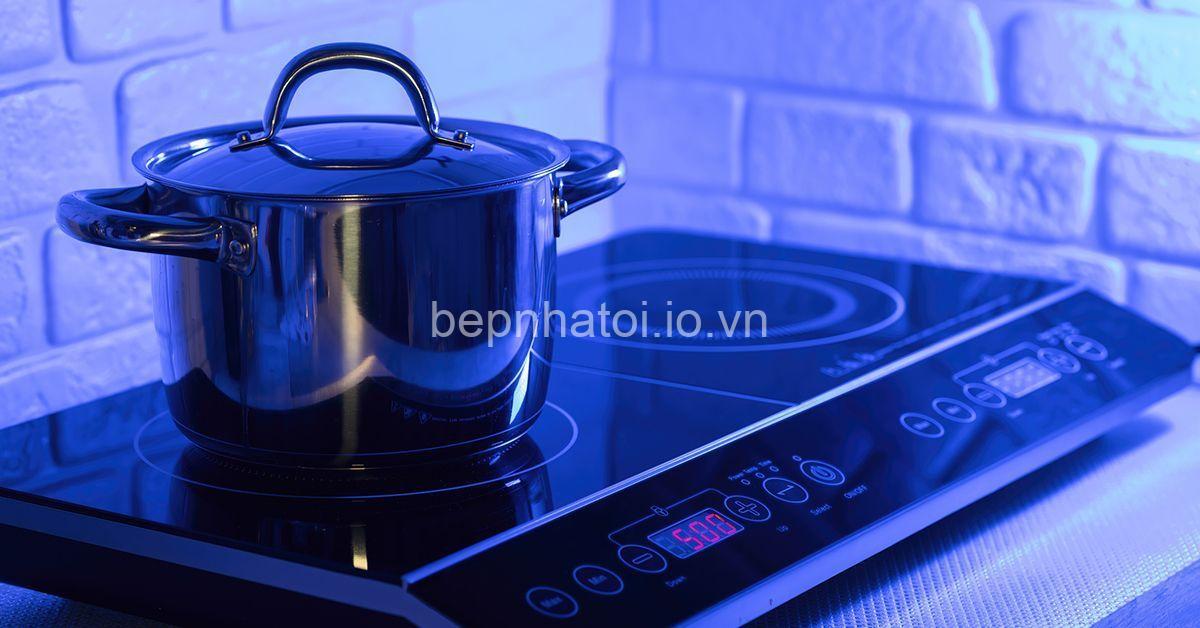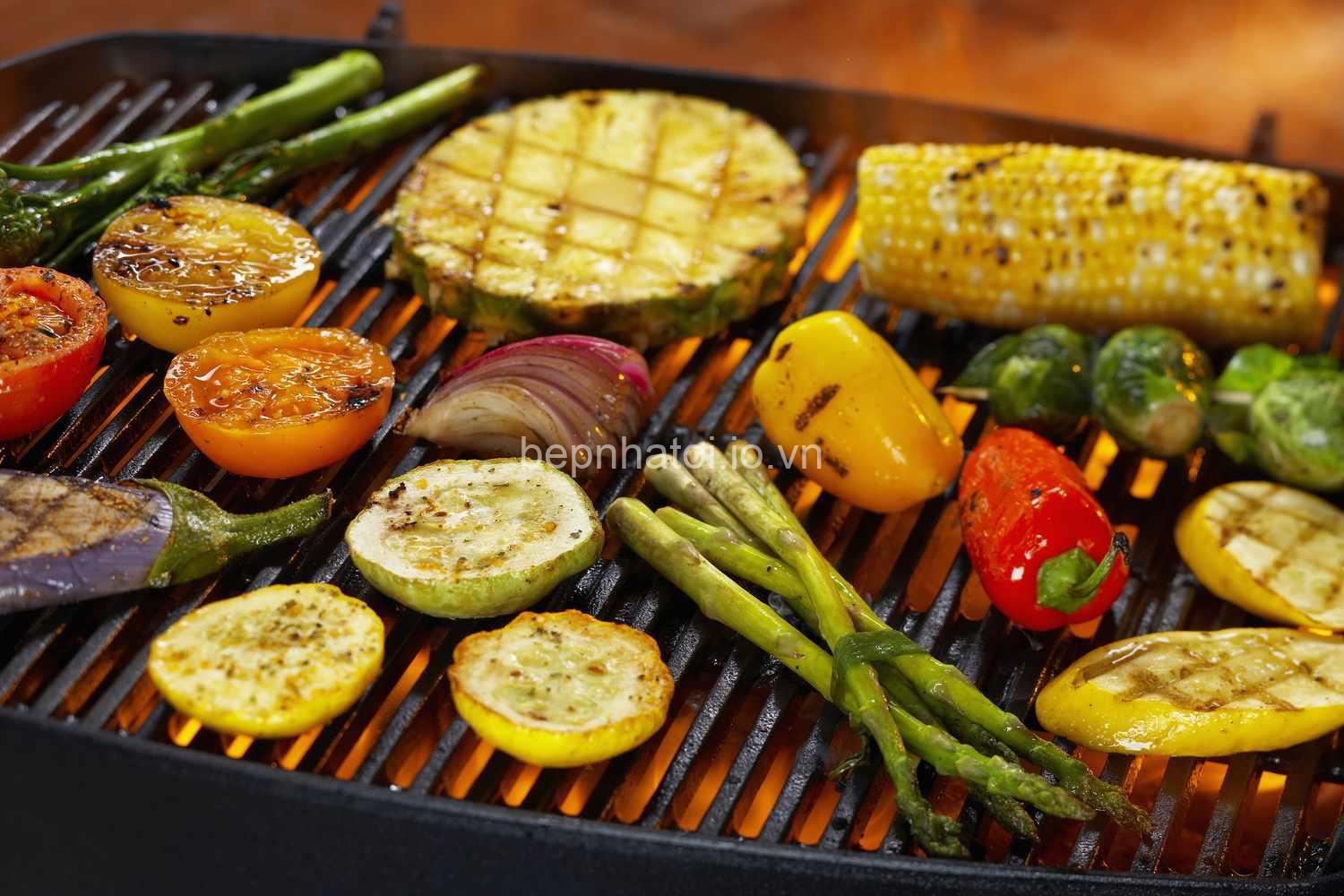
Can You Microwave Cheese? The Truth & Safer Alternatives. In today’s article, bepnhatoi.io.vn will explore with you in the most detailed and complete way. See now!
The Truth About Microwaving Cheese: Is it Safe and Does it Work?
Microwaving cheese seems like a quick and easy way to melt it for sandwiches, nachos, or pasta dishes. However, it’s not always the best approach. While you can technically microwave cheese, it can often lead to undesirable outcomes. The biggest issue is the risk of burning. Microwave ovens heat food unevenly, and cheese, with its high fat content, is especially susceptible to hotspots. This can result in a burnt and unappetizing mess.
Beyond burning, microwaving cheese can cause other problems. The texture can become rubbery or dry, and the flavor can become muted. You might also experience fat separation where the cheese separates into oily puddles and solidified clumps. This is because the fat in cheese melts at a lower temperature than the protein and water. When heated in a microwave, the fat melts quickly, while the protein and water remain solid, resulting in a separation.
So, is microwaving cheese completely off-limits? Not necessarily. It can work in certain situations, but it requires careful attention and understanding. For instance, cheddar cheese tends to melt relatively well in the microwave, while aged cheeses like Parmesan are more likely to burn.
Before jumping into microwaving cheese, it’s essential to consider safer and more effective alternatives. Stovetop melting offers greater control over the heat and allows you to gently melt cheese to a smooth, creamy consistency. Oven melting is another excellent option, especially for dishes where you want to create a crispy crust on top of the cheese.
The key takeaway is to be aware of the potential drawbacks of microwaving cheese and to explore alternative methods that offer greater control and better results.

Why Microwaving Cheese Can Be Problematic
Let’s delve into the science behind why microwaving cheese can be tricky.
- Cheese Composition: Cheese is essentially a blend of fat, water, protein, and minerals. Each component responds differently to heat.
- Fat: Fat melts at a lower temperature than water and protein. When cheese is microwaved, the fat melts quickly, creating oily pools.
- Water: Water absorbs microwave energy and turns into steam. This can lead to spattering and uneven heating.
- Protein: Protein molecules in cheese can become denatured by excessive heat. This can lead to a rubbery, dry, and less flavorful cheese.
The combination of these factors makes microwaving cheese a delicate process. If you’re not careful, you can end up with a burnt, oily, and unappetizing mess.
Choosing the Right Cheese for Microwaving (If Necessary)
If you do decide to microwave cheese, choosing the right type can make a big difference.
- Cheddar: This is a good choice because it melts relatively evenly and doesn’t tend to separate much.
- Mozzarella: Another popular option, mozzarella melts well and often yields a nice, stretchy texture.
- Monterey Jack: Similar to cheddar, this cheese tends to melt smoothly and doesn’t burn easily.
While these cheeses are more microwave-friendly, it’s always a good idea to start with smaller amounts and use a low power setting.
It’s best to avoid aged cheeses, like Parmesan, because they tend to burn quickly due to their lower moisture content. Soft cheeses, like brie and camembert, are also not ideal for microwaving as they can become overly oily and runny.
Tips for Success (If You Must Microwave Cheese)
If you’re determined to microwave cheese, here are some tips to help you achieve the best possible results:
- Use small quantities: Microwaving a large amount of cheese increases the chance of uneven heating and burning.
- Spread the cheese evenly: Ensure the cheese is distributed evenly in the container to promote even heating.
- Use a microwave-safe container with a lid: A lid helps trap steam and prevent splattering.
- Use a low power setting and short intervals: Start with a low power setting and heat the cheese for short intervals, checking it frequently. This gives you more control over the heating process.
- Stir or rotate the cheese: Stirring or rotating the cheese during the heating process helps ensure even melting and prevents hot spots.
- Add a small amount of liquid: Adding a tablespoon or two of water or milk to the cheese can help it melt more smoothly and prevent burning.
Exploring Safer and Better Alternatives for Melting Cheese
Now that we’ve explored the complexities of microwaving cheese, let’s consider some safer and more effective methods:
- Stovetop Melting: This involves gently melting cheese over low heat in a saucepan. It offers excellent control and allows you to achieve a smooth, creamy consistency.
- Oven Melting: This method involves melting cheese in the oven, often on top of dishes like pizzas, pasta bakes, or casseroles. The oven provides even heat, allowing the cheese to melt evenly and develop a crispy crust.
- Double Boiler: This method involves using a double boiler to gently melt cheese over simmering water. It’s a great option for delicate cheeses that might burn easily.
- Cheese Melter: Electric cheese melters are specifically designed for melting cheese. They provide even heating and consistent results, making them a great option for creating a smooth, melted cheese sauce.
These alternative methods offer greater control over the heating process, resulting in a more consistent and appealing melted cheese.
Conclusion: Understanding the Best Approach for Melting Cheese
While you can microwave cheese, it’s important to understand the potential drawbacks. Alternative methods like stovetop melting, oven melting, and using a double boiler or cheese melter offer greater control and better results. Ultimately, the best approach depends on your specific needs and the type of dish you’re preparing.
I encourage you to experiment with different methods and find what works best for you. If you have any questions or comments, feel free to leave them below. To learn more about animal care and pet products, visit my website at bepnhatoi.io.vn.
Frequently Asked Questions (FAQs) about Microwaving Cheese
Can I microwave cheese for nachos?
Microwaving cheese for nachos is possible, but it can lead to uneven melting and burning. It’s generally better to use an oven or stovetop to melt the cheese for nachos, ensuring a consistent melt and a crispy crust.
What happens when you microwave cheese?
Microwaving cheese can result in uneven heating, burning, fat separation, rubbery texture, and flavor loss. This is because the different components of cheese (fat, water, protein) respond differently to microwave energy.
Is it safe to microwave cheese?
It’s generally safe to microwave cheese, but it’s important to do so carefully and be aware of the potential risks. Choose the right type of cheese, use a low power setting, and monitor the cheese closely to prevent burning.
Why does cheese get rubbery when microwaved?
Microwaving cheese can cause the protein molecules in cheese to denature, which can lead to a rubbery texture. Excessive heat can also evaporate moisture, contributing to dryness and rubberiness.
Is there a specific type of cheese that melts well in the microwave?
Cheddar, mozzarella, and Monterey Jack are generally good choices for microwaving because they melt relatively evenly and don’t burn easily.
EAVs (Entity – Attribute – Value):
- Cheese – Type – Cheddar
- Cheese – Type – Mozzarella
- Cheese – Type – Swiss
- Cheese – Type – Parmesan
- Cheese – Texture – Soft
- Cheese – Texture – Hard
- Cheese – Texture – Semi-hard
- Cheese – Flavor – Mild
- Cheese – Flavor – Sharp
- Cheese – Flavor – Salty
- Microwave – Power – High
- Microwave – Power – Medium
- Microwave – Power – Low
- Microwave – Time – 30 seconds
- Microwave – Time – 1 minute
- Microwave – Time – 2 minutes
- Food Safety – Temperature – 165°F (74°C)
- Food Safety – Risk – Burning
- Food Safety – Risk – Spattering
- Food Safety – Risk – Uneven heating
ERE (Entity, Relation, Entity):
- Cheese – Is a type of – Dairy product
- Cheese – Is made from – Milk
- Microwave – Uses – Electromagnetic radiation
- Microwave – Can heat – Food
- Cheese – Can be melted by – Microwave
- Cheese – Can be burned by – Microwave
- Cheese – Can have – Texture
- Cheese – Can have – Flavor
- Cheese – Can be – Safe to eat
- Cheese – Can be – Unsafe to eat
- Microwave – Can be – Dangerous
- Microwave – Can be – Safe
- Food – Can be – Cooked
- Food – Can be – Heated
- Temperature – Affects – Cheese melting
- Time – Affects – Cheese melting
- Power – Affects – Microwave heating
Semantic Triples (Subject, Predicate, Object):
- Cheese, is a type of, dairy product
- Cheese, is made from, milk
- Microwave, uses, electromagnetic radiation
- Microwave, can heat, food
- Cheese, can be melted by, microwave
- Cheese, can be burned by, microwave
- Cheese, can have, texture
- Cheese, can have, flavor
- Cheese, can be, safe to eat
- Cheese, can be, unsafe to eat
- Microwave, can be, dangerous
- Microwave, can be, safe
- Food, can be, cooked
- Food, can be, heated
- Temperature, affects, cheese melting
- Time, affects, cheese melting
- Power, affects, microwave heating
- Cheese, is often used in, dishes
- Cheese, is often used in, cooking
- Cheese, can be, a healthy food






